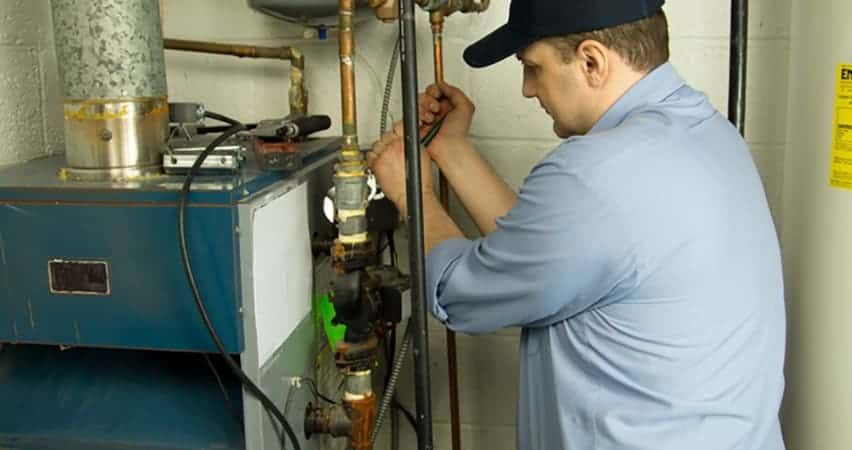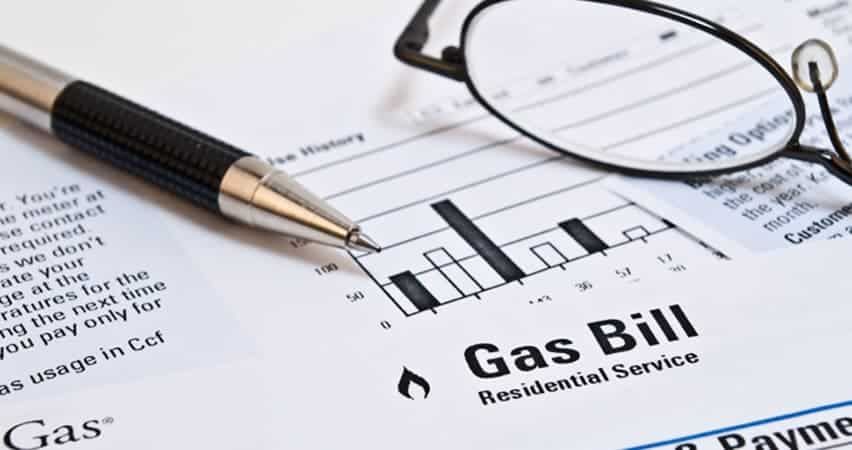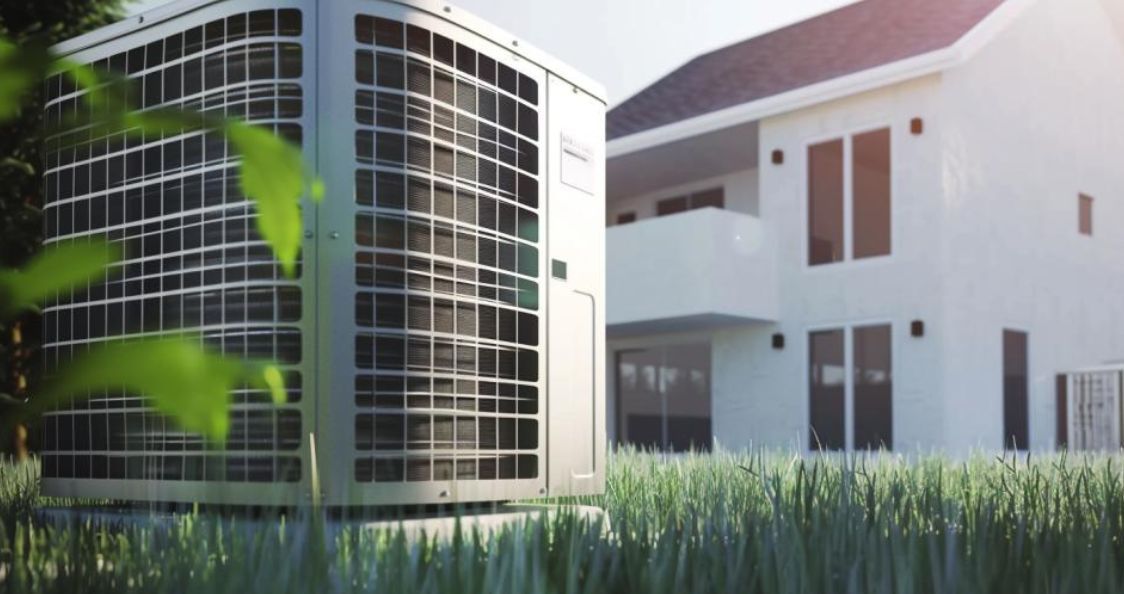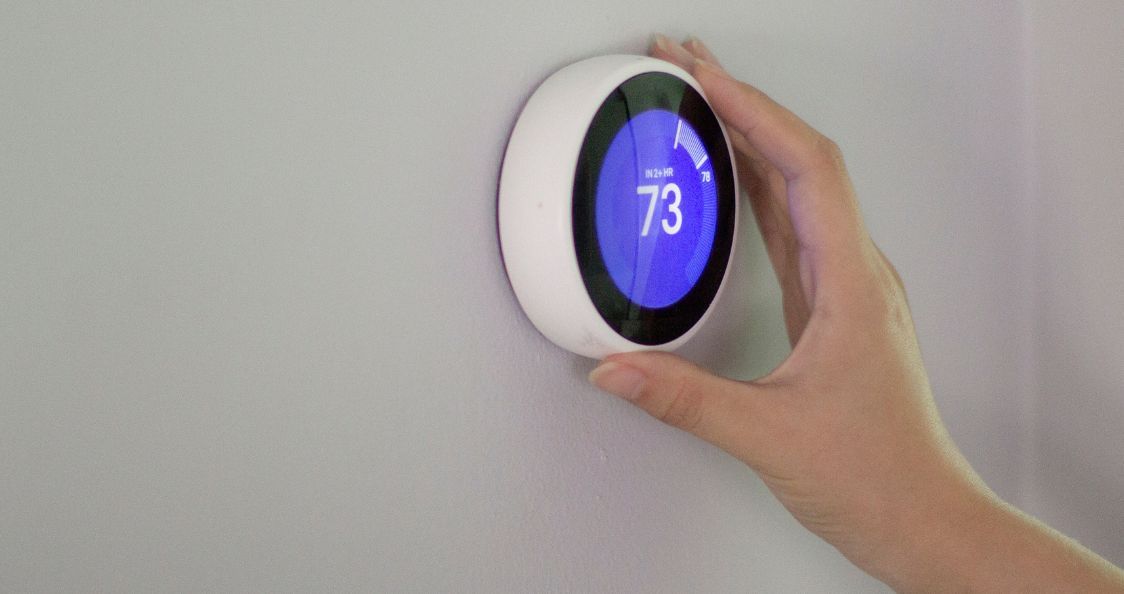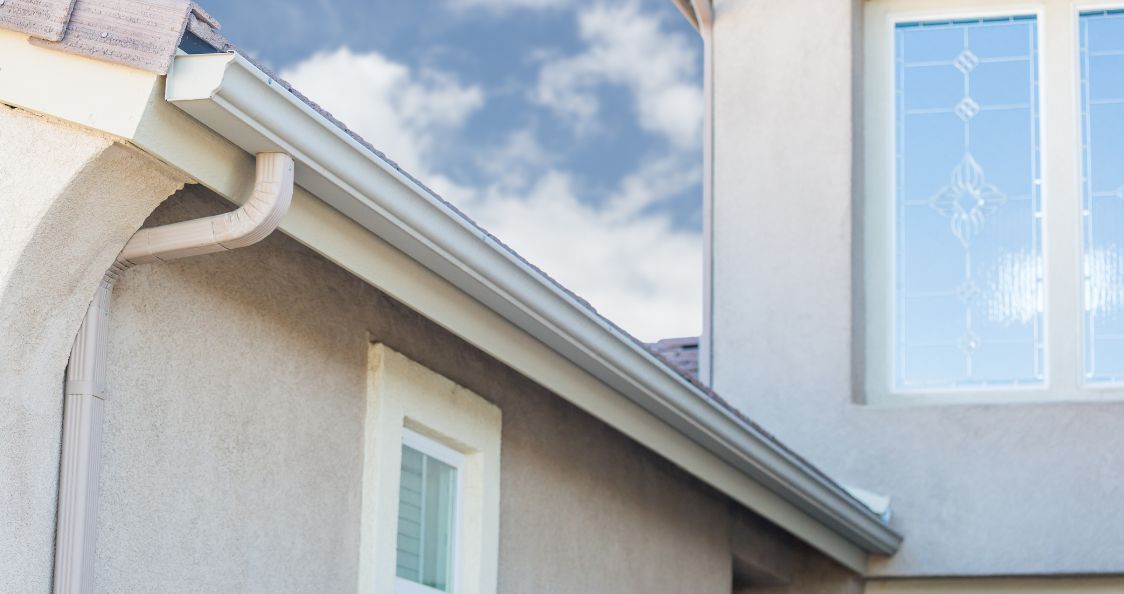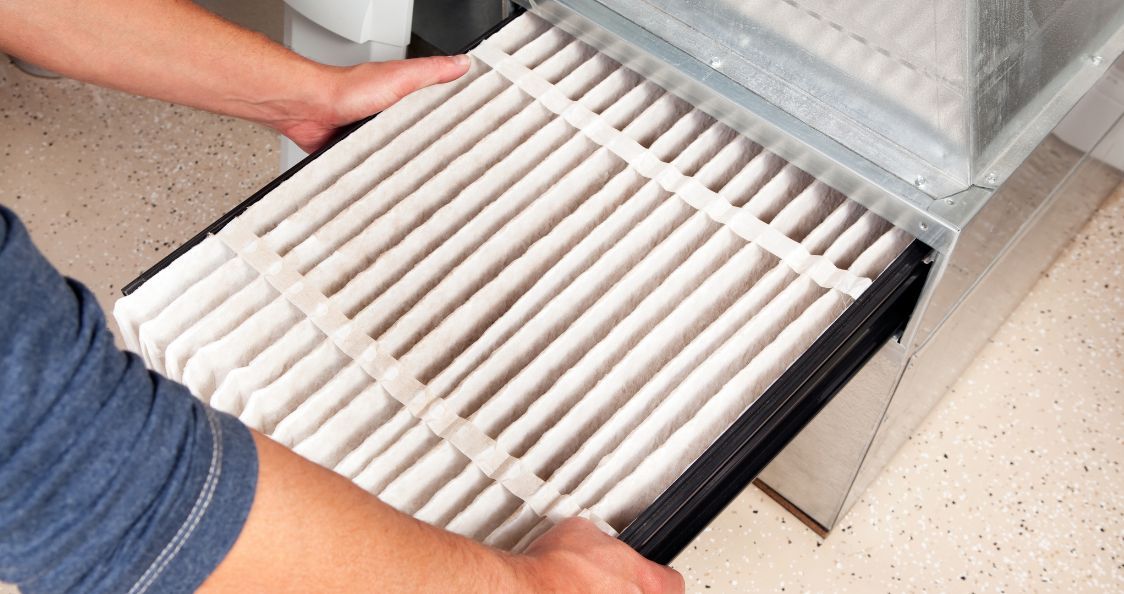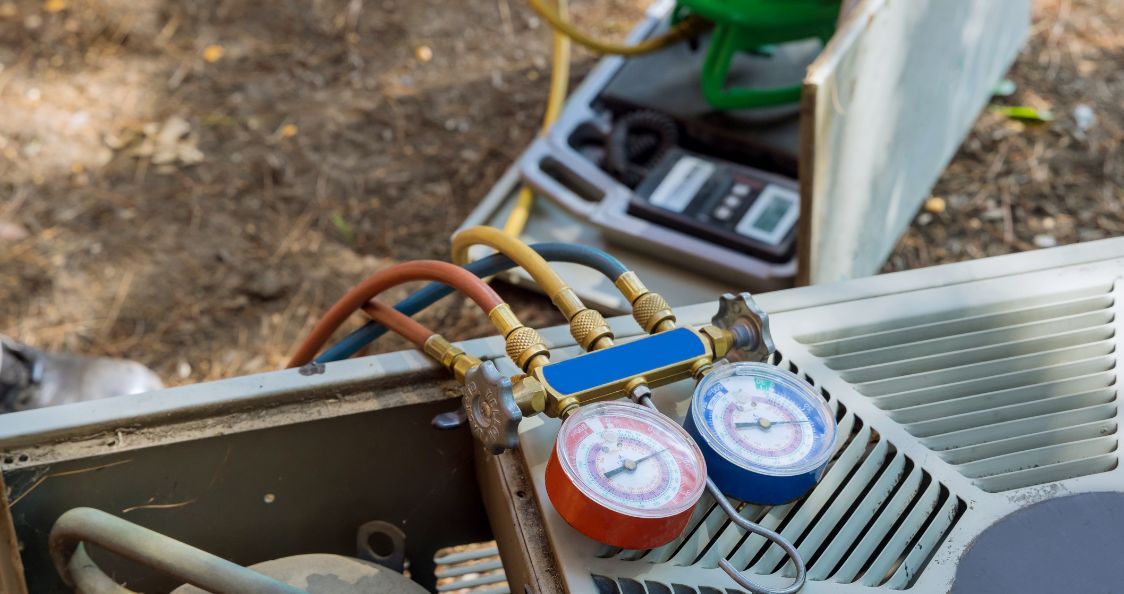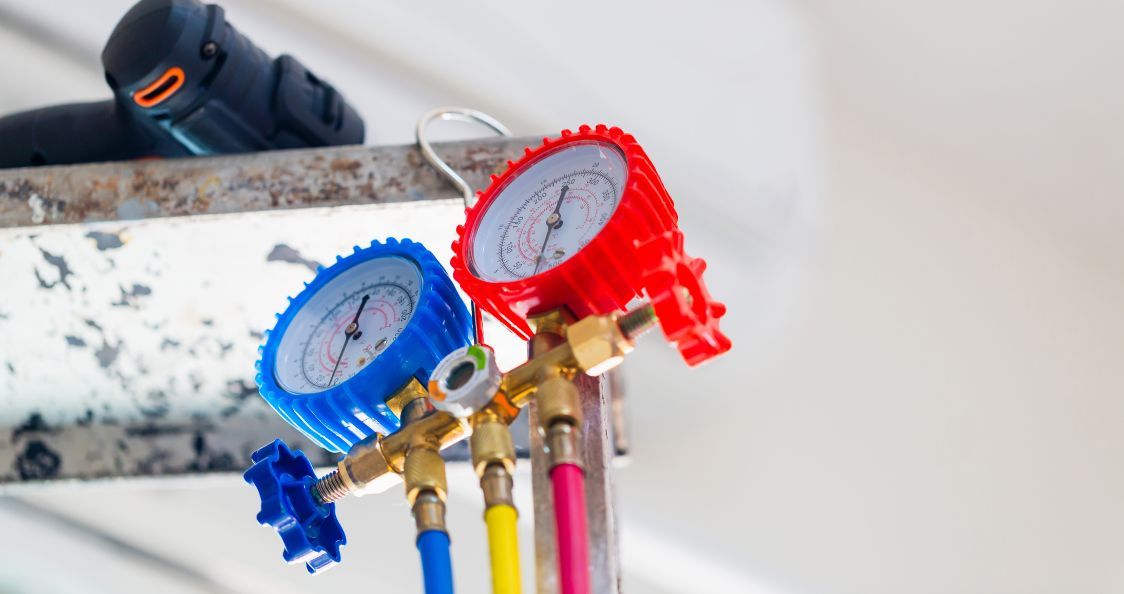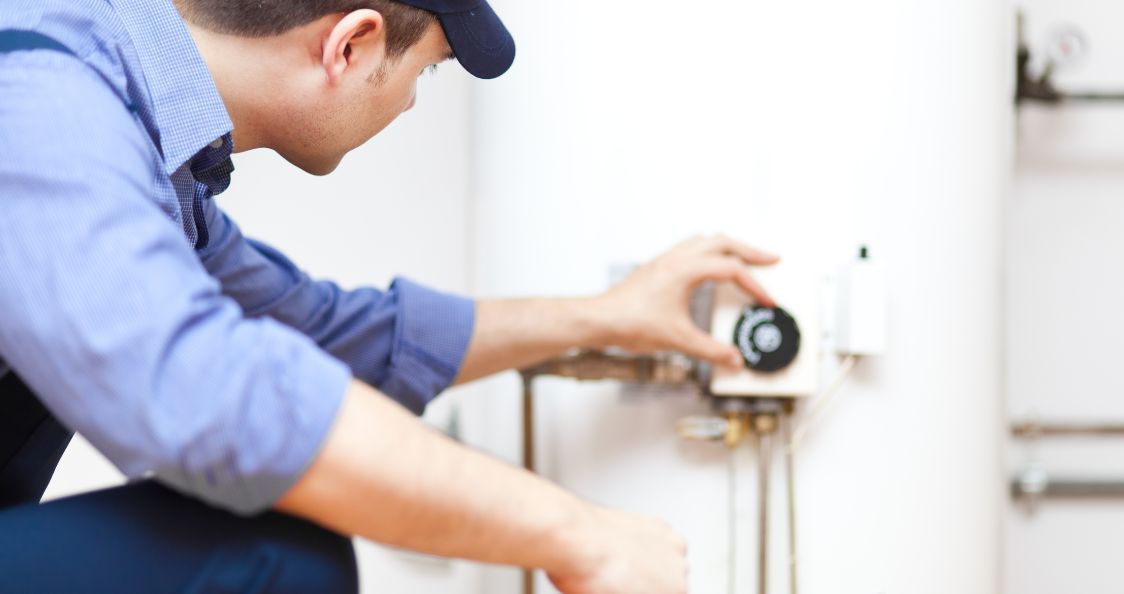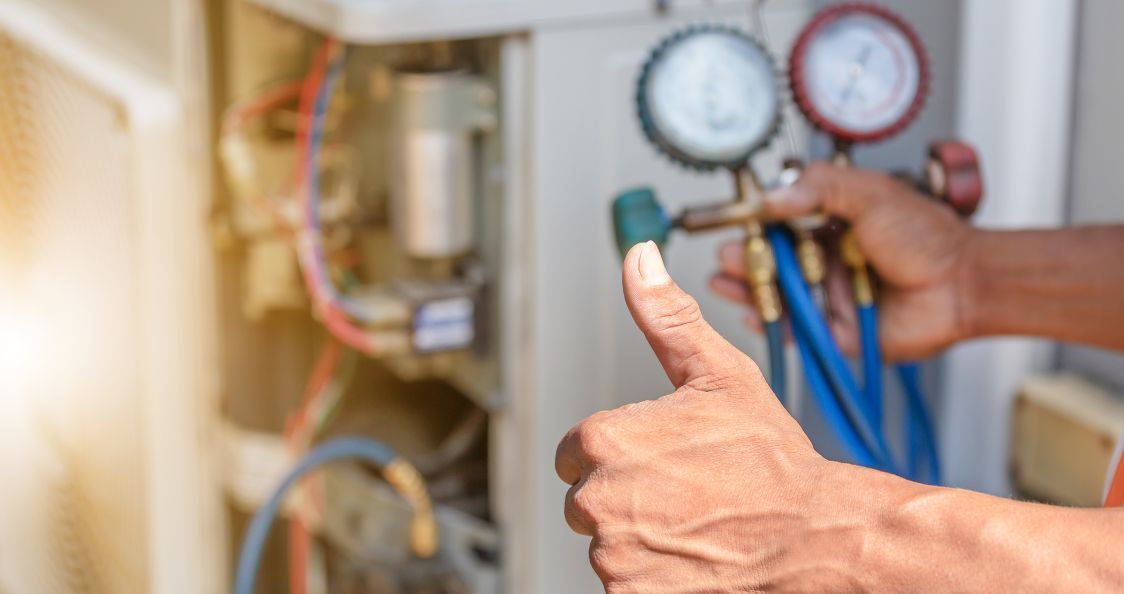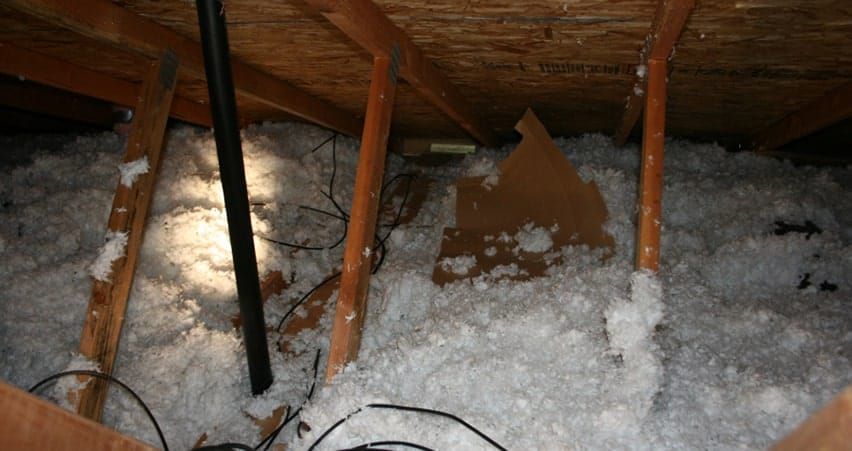
What You Need to Know About Blown-In Insulation
What Is Blown-In Insulation?
Applying blown-in insulation refers to the process by which any one of various loose materials, such as cardboard, recycled newspapers and any other wood materials are spread in wall joists, cavities and anywhere else where the insulation needs to be improved.
The effectiveness of insulation material or product is given as an R-Value. The higher this number, the better that material is at insulating your home.
The materials used as blown-in insulation normally come packed in bags or bales. Contact Clarke & Rush and we will help you decide which insulation is best for your home.
A hopper or mechanical blower is needed to mix the insulating material with air before the material is pumped and sprayed in the spaces that need to be insulated.
The Advantages of Blown-In Insulation
- The Process Is Fast
You don’t need to spend endless hours slaving away as you install insulation in your home if you opt to use blown-in insulation. This type of home improvement project in Sacramento can be completed in just a few hours by a team of two people. This speedy installation is one of the key reasons why many homeowners choose blown-in insulation.
- Minimally Disruptive
Another key benefit of blown-in insulation is that the entire process can be completed without tearing up your walls or other surfaces. Our experienced blown insulation installers from Clarke & Rush simply pass a hose through any available opening, such as the hatch leading into your attic, and then spray the insulating material where it is needed. For walls, one hole is drilled in the upper section of the wall and another is created close to the bottom of the wall. The insulating material can then be pumped through these holes that are just large enough to let the hose through. Plastic plugs suffice to cover the holes once the project has been completed.
- Eco-Friendliness
Blown-in insulation is the best alternative for people who are passionate about the environment. This is because the loose-fill insulation product is normally made from recycled materials, such as old newspapers. Consequently, the carbon footprint of improving the insulation in your home will be less than that of another person who has used freshly manufactured products.
The Drawbacks of Blown-In Insulation
- Professional Installation Is Required
It is hard for the average homeowner to take on the task of installing blown-in installation as a DIY project. This is because the intricacies entailed in operating the equipment used in the process, while discharging the insulating material properly are too complex for a layperson. Consequently, you will incur a high cost to have professionals complete this job for you.
- The Insulation Gradually Settles
The R-Value of blown-in insulation gradually reduces over time as the material settles in the space where it was pumped. Blown insulation installers are usually emphatic in warning homeowners to prevent moisture, such as from roof leaks, from getting to the blown-in insulation. This is because such moisture can accelerate the rate of settling. The moisture can also eventually cause mold to grow in the material even if it was treated with chemicals to deter mold growth.
- The Material May Smolder
Blown-in insulation is usually treated to resist fire. However, high heat can cause these materials to smolder. This may pose a serious concern if you want to install the loose-fill insulation close to light fixture canisters.
As you can see, blown-in insulation has its benefits and shortcomings. Talk to one of our blown insulation installers from Clarke & Rush so that you can get the professional advice you’ll need. For blown-in insulation, be sure to contact your local home improvement company, Clarke & Rush.
Other Blogs You May Be Interested In
Categories
- About Clarke & Rush (1)
- AC Replacement (8)
- AC unit Maintenance (10)
- Boilers (1)
- Commercial HVAC (3)
- Commercial Plumbing (2)
- Furnace (3)
- Furnace Maintenance (2)
- Furnace Repair (4)
- Green Homes (3)
- Gutter Repair (1)
- Gutter Replacement (5)
- Heat Pump (1)
- Home Energy Tips (2)
- Home Improvement (6)
- HVAC (17)
- HVAC Replacement (7)
- Insulation (2)
- Kitchen Plumbing (1)
- Plumbing (2)
- Plumbing Problems (8)
- Reducing Energy Costs (6)
- Repiping Services (3)
- Residential HVAC (45)
- Residential Insulation (4)
- Residential Plumbing (33)
- Residential Windows (6)
- Sewer Line (2)
- Uncategorized (10)
- Water Heaters (4)
- Water Line Repair (1)
- Water Treatment (1)
- Window Installation (8)
- Window Instllation (1)
- Window Replacement (7)
- Windows (8)


